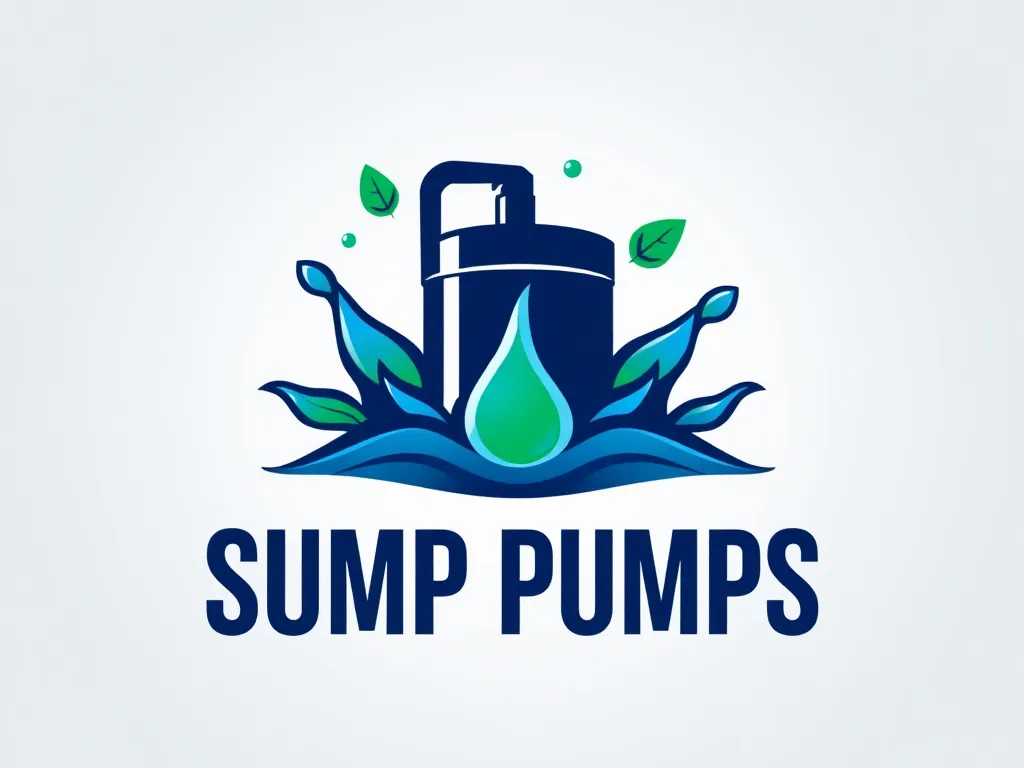The Ultimate Guide to Choosing the Best Sleeping Pad for Backpacking
The Ultimate Guide to Sleeping Pads for Backpacking
When it comes to backpacking, a good night's sleep is vital for a successful trip. One of the key elements in achieving this is having the right sleeping pad. A sleeping pad provides comfort, insulation, and support, ensuring you wake up refreshed and ready to tackle the day's adventures. In this comprehensive guide, we will explore the different types of sleeping pads, features to consider when choosing one, how to choose the best sleeping pad for your needs, and some top recommendations for backpacking sleeping pads. So, let's dive in!
Types of Sleeping Pads:
There are several types of sleeping pads available, each with its own advantages and disadvantages. Let's take a look at the most common ones:
1. Self-inflating sleeping pads: These pads have open-cell foam insulation that self-inflates when the valve is opened. They are known for their comfort and insulation properties. However, they tend to be bulkier and heavier than other types.
best sleeping pad for backpacking
2. Inflatable sleeping pads: These pads require manual inflation using either your breath or a pump. They are lightweight, compact, and offer excellent comfort. However, they may be less durable and prone to punctures.
Types of Sleeping Pads
Self-inflating sleeping pads have open-cell foam insulation that self-inflates when the valve is opened. They provide excellent comfort and insulation, making them ideal for cold weather backpacking trips. However, they are often bulkier and heavier compared to other types of sleeping pads.
Inflatable sleeping pads, on the other hand, require manual inflation using either your breath or a pump. They are lightweight, compact, and provide great comfort. However, they may be less durable and more prone to punctures compared to self-inflating pads.
If you're looking for a lightweight and compact option, closed-cell foam sleeping pads are worth considering. These pads are made of dense foam and do not require inflation. They offer excellent durability and insulation, but they may be less comfortable compared to inflatable or self-inflating pads.
Lastly, air mattresses are a popular choice for car camping or less weight-sensitive trips. They provide a luxurious sleeping experience with their thick cushioning. However, they are heavier, bulkier, and require a pump to inflate.
Features to Consider
When choosing a sleeping pad for backpacking, there are several features to consider:
1. Weight and packability: Backpackers need lightweight and compact gear, so consider the weight and pack size of the sleeping pad.
2. Insulation: If you frequently camp in cold weather, opt for a sleeping pad with insulation to prevent heat loss.
3. R-Value: R-Value measures the thermal resistance of a sleeping pad. Higher R-Values indicate better insulation properties.
4. Comfort and thickness: Look for a sleeping pad that provides adequate cushioning and support for a comfortable night's sleep.
5. Durability and materials: Consider the durability of the sleeping pad and the materials used. Look for puncture-resistant fabrics and robust construction.
6. Inflation and deflation: Some sleeping pads have built-in pumps or self-inflation features, making them easier to set up.
7. Noise: Check if the sleeping pad produces noise when you move on it, as this can be bothersome during sleep.
How to Choose the Best Sleeping Pad:
When choosing a sleeping pad for backpacking, consider the following factors:
- Your sleeping style and preferences
- The weather conditions you'll be camping in
- The weight and packability of the sleeping pad
- The desired insulation level
- The appropriate thickness for your comfort
- The durability and materials of the sleeping pad
- If possible, try out different sleeping pads to find the one that suits you best
How to Choose the Best Sleeping Pad
Top Sleeping Pads for Backpacking:
1. Therm-a-Rest NeoAir XLite: This ultralight and compact sleeping pad is popular among backpackers. It offers excellent insulation and comfort with its baffled design.
2. REI Co-op Flash Insulated Air: This inflatable sleeping pad is lightweight, durable, and provides excellent insulation. It also features a built-in pump for easy inflation.
3. NEMO Tensor Insulated: The Tensor Insulated sleeping pad offers a great balance of comfort, weight, and packability. It features thermal mirror insulation for warmth.
4. Sea to Summit Ultralight Insulated: This sleeping pad is lightweight, easy to inflate, and provides good insulation. It also has an anti-slip print to keep you in place.
5. Big Agnes Q-Core SLX: Known for its plush comfort and excellent insulation, this sleeping pad is great for side sleepers. It also features a quilted top for added comfort.
Top Sleeping Pads for Backpacking
Sleeping Pad Care and Maintenance:
To ensure the longevity of your sleeping pad, follow these care and maintenance tips:
- Clean your sleeping pad regularly by wiping it with a damp cloth and mild soap. Avoid using harsh chemicals.
- Repair any punctures promptly using a patch kit specifically designed for sleeping pads.
- Store your sleeping pad in a dry and well-ventilated area to prevent mold and mildew.
- Avoid exposing your sleeping pad to sharp objects or rough surfaces that could cause damage.
- To extend the lifespan of your sleeping pad, consider using a groundsheet or footprint underneath it.
Sleeping Pad Care and Maintenance
Now that you have a comprehensive understanding of sleeping pads for backpacking, you can make an informed decision when choosing the best one for your needs. Remember to consider the type of sleeping pad, features you value the most, and the top recommendations. With the right sleeping pad, you'll enjoy a restful night's sleep no matter where your backpacking adventures take you.
Happy backpacking!
